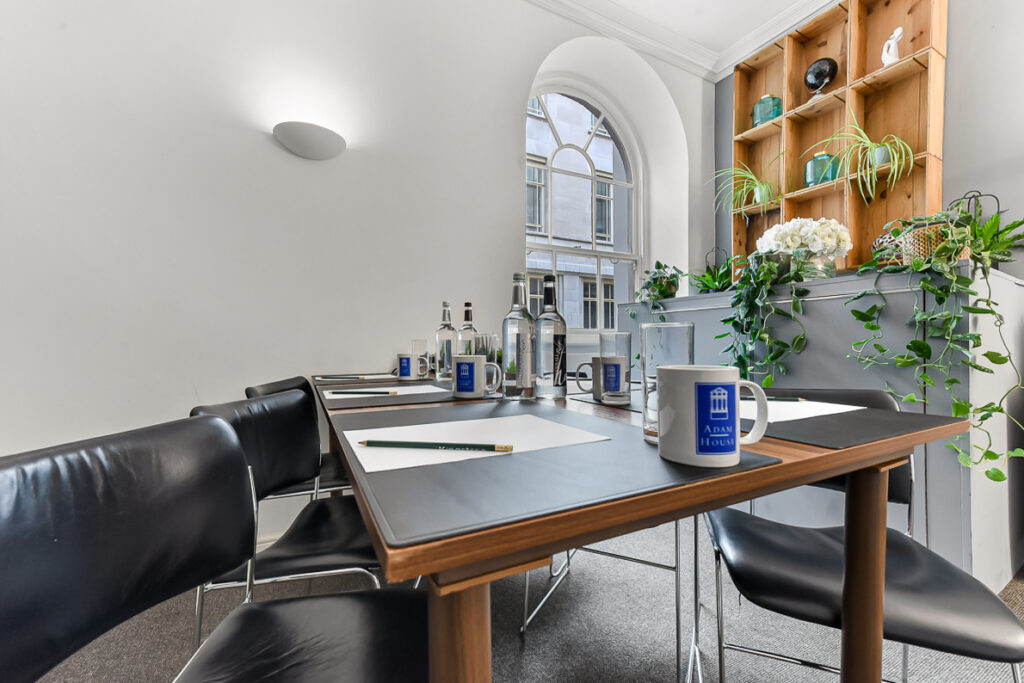The UK has a thriving eCommerce market; in fact, it is one of the most advanced in Europe. Despite its already huge size, it is estimated to grow even more, which provides fledgling eCommerce businesses with a unique opportunity. Setting up your own eCommerce business is pretty straightforward, luckily for you. Take a look.

Business Models
The very first thing that you will need to do is to think about what business model you want to choose. The traditional eCommerce business models are as follows:
- B2B (business-to-business) – selling to other businesses.
- B2C (business-to-consumer) – selling directly to consumers.
- C2C (consumer-to-consumer) – consumers selling to other consumers facilitated by an intermediary.
- C2B (consumer-to-business) – consumers selling to businesses, e.g. freelancers.
Deliveries
How are you going to deliver your project to the recipient? This could be via drop shipping, where you essentially act as a middleman, taking orders and then ordering the product from a supplier and having it shipped directly to the consumer. There is also wholesaling and warehousing, which, as the name would suggest, involves ordering and storing and shipping the products yourself.
Private labelling entails creating your own unique products and selling them exclusively. White labelling is when you simply stick your business’s branding and name on a generic product. Lastly, there is the subscription model, where consumers order and receive products on a recurrent basis for a fee.
Research
The next step is research. You need to know more about your competitors, your consumers, your suppliers, your products and your other potential business contacts. You need to know everything about your business inside and out. Your research is key to your success.
Legality
Next is the legal bits and bobs; you need to declare your business to the government, and you can do this as a:
- Sole trader
- Partnership
- LLP (limited liability partnership)
- LLC (limited liability company)
As part of the registration process, you will also need to decide on a name and create a logo. Both of these will also need to be registered alongside legal status, share structure and the details for the business, like the address.
The Website
You can finally get to building your website. You can choose to code it yourself, use a content management or use an eCommerce website builder. The route you take will depend on what makes the most sense for your business. For example, you could choose to use Charle, a Shopify Plus Agency based in London.
The Launch
This is pretty much the last thing you need to do for your business. Obviously, you will need to have access to the stock and ensure that the site is ready. But then comes the launch! Remember to use your research to market your business and attract consumers. Customer service is also really important to ensure repeat business.
Final Thoughts
The only thing you need to do now is to start selling! eCommerce does provide entrepreneurs with a unique opportunity because it is arguably more accessible than other forms of business are. Getting off on the right foot is key to giving your business the best possible start.
Photo credits: Coworking London
